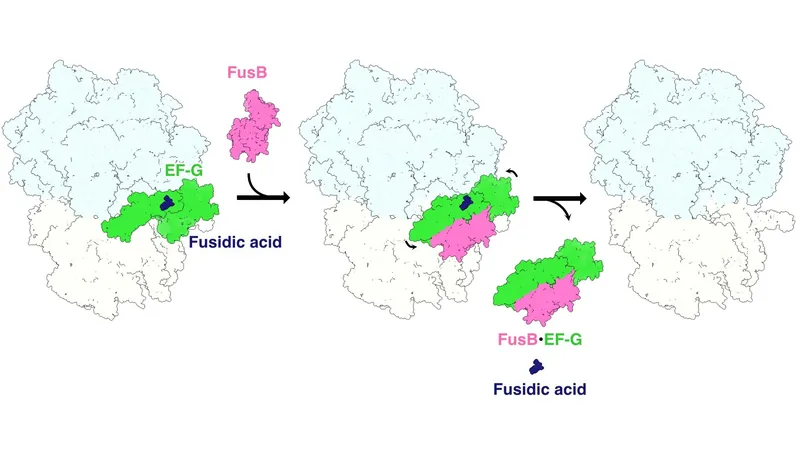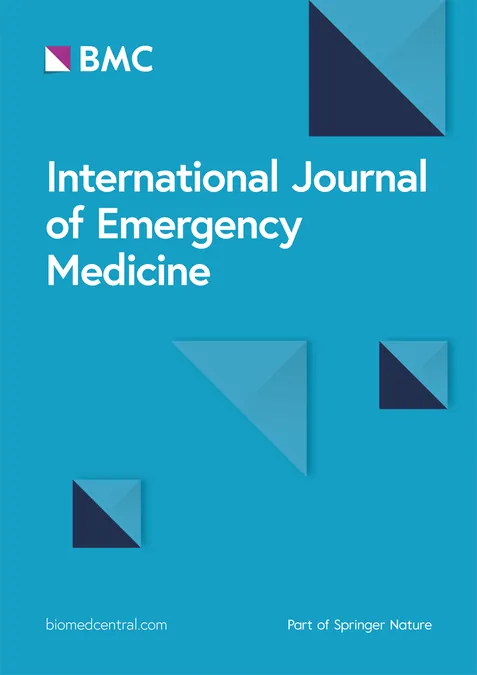
Unlocking the Mystery: How Bacteria Outsmart Antibiotics with FusB
2025-05-16
Author: Sarah
The Battle Against Antibiotic Resistance
A groundbreaking study from Uppsala University and SciLifeLab, published in Nature Communications, has unveiled a pivotal mechanism behind antibiotic resistance in bacteria. This research focuses on how certain strains of Staphylococcus aureus defy the effects of fusidic acid, an antibiotic renowned for its ability to target harmful bacteria.
Fusidic Acid: The Antibiotic in Focus
Fusidic acid belongs to a class of antibiotics that block the ribosomes, essential for translating genetic codes into vital proteins. However, resistant bacteria have developed various strategies to survive the onslaught of antibiotics, including pumping out the drugs or deactivating them.
The Game-Changing Discovery of FusB
For years, the mystery surrounding fusidic acid resistance has puzzled scientists. Researchers led by antibiotic expert Maria Selmer have finally shed light on how a protein called FusB operates like a molecular crowbar, dismantling the antibiotic's blockade on ribosomes.
Capturing Resistance in Action
Through innovative electron microscopy techniques, researchers were able to visualize this resistance in real-time. "Instead of arriving too late to the 'crime scene', our method allowed us to observe FusB as it was actively breaking into the molecular complex," explains Ph.D. student Adrián González López.
A Call to Action Against Antibiotic Resistance
As antibiotic resistance escalates into a global health crisis, this study not only enhances our understanding of bacterial survival tactics, but also emphasizes the urgent need for ongoing research and action to combat this pervasive issue.



 Brasil (PT)
Brasil (PT)
 Canada (EN)
Canada (EN)
 Chile (ES)
Chile (ES)
 Česko (CS)
Česko (CS)
 대한민국 (KO)
대한민국 (KO)
 España (ES)
España (ES)
 France (FR)
France (FR)
 Hong Kong (EN)
Hong Kong (EN)
 Italia (IT)
Italia (IT)
 日本 (JA)
日本 (JA)
 Magyarország (HU)
Magyarország (HU)
 Norge (NO)
Norge (NO)
 Polska (PL)
Polska (PL)
 Schweiz (DE)
Schweiz (DE)
 Singapore (EN)
Singapore (EN)
 Sverige (SV)
Sverige (SV)
 Suomi (FI)
Suomi (FI)
 Türkiye (TR)
Türkiye (TR)
 الإمارات العربية المتحدة (AR)
الإمارات العربية المتحدة (AR)